The most asked question on Instagram is: what’s in my camera bag? So I decided to tell you exactly what’s in my camera bag; the complete photography gear list!
One thing I’d like to make clear from the start: it’s not the gear that makes a photo a good photo. You can be a pro and shoot on a phone and you can be an amateur and shoot on the most expensive DSLR. 90% of a good photo is made up of a photographer’s vision.
Certain gear will help make that vision reality, but a camera is not the thing that makes a photo great. It’s the photographer. It’s your vision that makes a photo great. And to be honest, editing plays a big part too.
Here are the 25 things I have in my camera bag! Will you tell me what’s in yours? Leave a comment!
IN THIS ARTICLE
Camera Equipment in My Camera Bag
In 2012, I got my very first beginner’s Canon DSLR camera. Before that, I had already taken hundreds of photos with a simple point-and-shoot camera (borrowed from my mum) and my crappy phone (not a smartphone yet) camera. This is my way of explaining: you don’t have to have the gear to be a photographer. I believe being a photographer is a way of seeing things first, and you simply capture your vision!
In 2015, I upgraded to a semi-professional camera and in late 2016, I decided to upgrade to a full-frame professional camera. Full-frame means the sensor is the same size as a single frame of a traditional 35mm film.
It was only since 2015 that I looked into different lenses (I used the standard kit lenses before). In the meantime, I also experimented with analog photography, with my vintage Minolta film camera.
It’s NOT NECESSARY to start out with the current photography kit we are carrying with us around the world. But we would love to help you in your photography journey. So besides listing our current professional setup, we list some travel cameras for beginners to put in your camera bag!
If you can only afford a phone, these are the best phone cameras (2020):
1. Samsung Galaxy S20 Ultra 5G
2. Apple iPhone 12 and 12 Pro
3. Huawei P40 Pro
Best Travel Camera (Body)
- Canon EOS 5D Mark II
NEWEST VERSION: Canon EOS 5D Mark IV
Since my first camera was a Canon, I’ve stuck with Canon! I love the Canon colors (versus Nikon or Sony) and I doubt I will ever change to another big brand. Maybe I’ll try Sony one day because their mirrorless alpha series is amazing for video.
But Canon will always be my first choice DSLR (digital single-lens reflex camera) to put in my camera bag. In 2016 I invested in my first full-frame (professional) Canon camera, to capture our world trip in the best possible way.
It was already an old body and I got it second-hand through the Dutch eBay, but it is still a great camera! And I still happily carry it in my camera bag!
The full-frame sensor makes a big difference, especially in low-light conditions. But again – you do not have to start with a full-frame body!
Update: we bought an extra full-frame camera body and went for the Canon 6D mk II. We also shot with Canon’s mirrorless cameras this year and are blown away. Check out Canon’s EOS R series.
ULTRA PRO: Canon EOS 1DX Mark II
SEMI-PRO: Canon EOS 90D (our video camera)
BUDGET/STARTER: Canon Rebel T7 / EOS 2000D
Best Travel Lenses (For Full Frame Body)
In the end, lenses will make the look of your photos, not the body! The camera body is ‘only’ the part that captures the image. There are two kinds of lenses: zoom and prime. A zoom lens clearly zooms – making it easier to get closer to your subject without moving.
A prime lens has a fixed focal length, with typically a maximum aperture from f/2.8 to f/1.2 – making for those incredible blurry backgrounds (bokeh effect)! Prime lenses are less versatile but are usually sharper, lighter, and smaller.
We’ll discuss the best lenses for travel photography, including landscape-, city-, wildlife-, and portrait photography.
NOTE: we shoot with a Canon camera, but that doesn’t mean you can only use Canon lenses. Tamron, Samyang, and Sigma make beautiful lenses for Canon too!
Best Travel Lens: Wide-to-Telephoto Zoom Lens
This is our number one go-to lens. It was the only lens we used for the first 15 months of our world trip. It is incredibly versatile (which you need for travel photography!) and sharp. It’s a high-quality lens (therefore it is quite pricey).
It’s a lens from Canon’s professional L-line, which refers to the better build quality and performance compared to other Canon lenses. If you only invest in one lens ever, make it this one – or an equivalent for your camera brand.
PRO ALTERNATIVE: Canon EF 24-70mm f/2.8 USM +
Canon EF 70-200mm f/4.0L (or f/2.8L) USM
SEMI-PRO: Canon EF 24-105mm f/3.5-5.6 IS STM
Telephoto Zoom Lens
This semi-professional lens is our latest addition. For our trip to South Africa – which included safaris – our 24-105mm lens wasn’t going to be enough. After a lot of research, I decided to get this lens.
There is a cheaper option but I read the performance is not great, and there is a more expensive option, but I wasn’t sure how much I would use this lens in the future. So I settled for the semi-professional option to try it out!
The quality amazed me. The lens is really great for wildlife photography, my safari photos look AMAZING!
PRO: Canon EF 70-300mm f/4-5.6L IS USM
BUDGET: Canon EF 75-300mm f/4-5.6 III
Nifty Fifty
This budget prime lens is usually the first prime lens a photographer gets. It’s easy to use and the focal length makes for a “normal” view just as the human eye sees it. It’s ideal for every niche!
The aperture of f/1.8 makes for those nice blurry backgrounds, something that is harder with the maximum aperture of f/4 on our zoom lenses.
SIMILAR: Yongnuo 50mm f/1.8
PRO: Canon EF 50mm f/1.2L USM
SEMI-PRO: Canon EF 50mm F/1.4 USM or
Sigma 50mm f/1.4 DG HSM ART Lens
Wide Angle Prime Lens
Our first (and so far only) lens with an aperture as wide as f/1.4! It’s our favorite lens for low light conditions. It’s a wide-angle, wider than our 50mm, which is great for travel photography – you can shoot beautiful portraits and showcase the destination in one shot!
Yet, it’s not too wide – I have an ultra-wide-angle lens in too, which makes for a bit of that funny fish-eye look.
SIMILAR: Tamron SP 35mm f/1.8 Di VC USD
PRO: Canon EF 35mm f/1.4L USM II
Fish Eye / Ultra Wide Angle Lens
With an angle of 115.7°, this lens has some serious visual distortion. This is a bit like the wide GoPro photos. You don’t really want this to be your primary lens, but we felt that our other lenses sometimes couldn’t get everything in.
Especially in cities like New York, this lens can be amazing to capture the tall buildings. And it’s perfect for landscape photography too!
This lens is the budget option – it only has manual focus, so if you’re looking to quickly snap away, consider buying one of the alternatives with autofocus!
Travel blogger tip: if you’re smart and place the camera low to the ground, the lens distortion will make your legs ENDLESS!
Another option is to go for a 16-35 mm lens – more versatile!
PRO: Canon EF 14mm f/2.8L II USM
FULL FRAME LENSES ON CROP SENSOR BODY?
All the lenses discussed above fit on a body with a cropped sensor (like the Canon EOS 90D or Canon Rebel T7) BUT you have to keep the crop factor in mind. Because the sensor is smaller on a Canon 90D, photos with full-frame lenses look more ‘zoomed in’. On a Canon 90D, the crop factor is 1.6x, so a 50mm looks like a 50 x 1.6 = 80mm focal length on the Canon 90D. Below we share an explanatory image.
Watch this video if you’re still confused!

Best Travel Video Camera (Body)
- Canon EOS 80D
NEWEST VERSION: Canon EOS 90D
Our full-frame camera is truly amazing but it is HEAVY. It also doesn’t have a flip screen, nor does it have any options for slow-motion video (because it’s old). So we decided to invest in an extra vlog and video camera.
It’s actually the same camera as my second Canon photography camera; it’s just an updated version. It has a cropped APC-C sensor (so it’s NOT a full-frame), but it is amazing for video.
Our full-frame Canon lenses fit on this body too, which was the biggest reason for us to go for another Canon body (and not a mirrorless Sony).
BUDGET / STARTER CAMERA: Canon Rebel T7 / EOS 2000D
Wide Angle Vlogging Lens
We invested in one specific wide-angle lens for our video camera, as our full-frame lenses will always look more ‘zoomed in’ on this camera. This lens does NOT fit on our big Canon 5D Mark II.
This lens is great for vlogging, we can hold the camera in our hand and you will still see a lot of our surroundings – the perfect camera for travel vlogging!
If we ever invest in a new video kit, we’d go for the Sony mirrorless Alpha series.
The video quality is AMAZING:
PRO: Sony A9 II / Sony A7R IV
SEMI-PRO: Sony A7S II (soon: A7S III)
BUDGET: Sony A6600
Video Accessories
If you’re thinking about vlogging – or if you’re vlogging already – make sure to invest in a microphone. Cameras record audio, sure, but it’s not great audio. RØDE makes amazing microphones for every budget!
SEMI-PRO: RØDE VideoMic Go
BUDGET: RØDE VideoMicro
Best Small Travel Video Camera
NEW VERSION: DJI Osmo Pocket 2
This little camera has changed our lives! We were very skeptical of this pocket-sized camera. How can something so small possibly create beautiful footage? It’s a tiny camera and gimbal in one, so the video is automatically stabilized.
The video quality is 4K and there are slow-motion options. And you can shoot photos in RAW too! This camera is perfect if you’re looking to include smooth, cinematic shots in your travel videos.
Drone
For travel photography and videography, a drone is such a simple way to take your content to the next level! We were not sure if we should buy a drone – it’s so extra! You can absolutely shoot amazing things without a drone and there are drone laws in every country – it can be tricky for sure.
But the unique perspective you get to capture is totally worth it. Drones were never as affordable as they are nowadays. And our DJI Mavic Pro folds up so it’s easy to travel with and easy to pack in my camera bag!
The video quality is insane (4K and slow-motion!) and you can shoot photos in RAW-format (JPG is a compressed version, RAW is the original image that the sensor captures).
TIP: get low-noise propellers!
PRO: DJI Mavic Pro 2
SEMI-PRO: DJI Mavic Air
BUDGET: DJI Spark or DJI Mavic Mini
Underwater Camera
- GoPro HERO 5 Black
NEWEST VERSION: GoPro HERO 9 Black
If you’re traveling, the odds are you will visit a tropical island and want to capture the underwater world! If you’re diving, snorkeling, or just swimming near the beach: a GoPro is definitely a must-have. We highly recommend looking into the best protune settings to make your footage more cinematic and professional. Don’t forget to shoot your images in RAW!
PRO: underwater housing for your DSLR
BUDGET: Yi 4K Action Cam
- GoPro Accessories
Our best tip: buy only what you use. You can buy the big accessories packages, but it’s inconvenient to carry all the extra straps and stickers. And you will probably not use them. Our favorite accessories:
- Dome (for half/half above/below shots)
- Super suit (for diving) + filters
- Selfie stick (for fun shots!)
- Harness (if you’re riding a moped in Asia, this is amazing!)
Camera Accessories
- Batteries
Always pack extra batteries in your camera bag. For your camera, drone, GoPro, and other cameras or accessories.
- Memory Cards
Invest in extra (micro) SD-/or CF-cards; we love SanDisk’s Extreme line.
- Card Reader
Depending on your computer or laptop, you might want to invest in a card reader!
- Cleaning Kit
Dirty lenses ruin your photos! Invest in a cleaning kit; bring a microfiber cloth and an air puffer blower with you – ALWAYS! I also have our camera sensors professionally cleaned every once in a while because dust will find it’s way into your camera, especially while traveling.
- Lens Filters: ND Filter & Polarizing Filters
When you’re traveling, you can’t always be everywhere with the best lighting. Especially for video, you might want to invest in ND filters to make your footage look a lot better light-wise. Polarizing filters are great if you’re chasing waterfalls and the sun is reflecting too much!
- Remote Control
If your camera has Wi-Fi, you can use your phone as a remote control. If that’s not the case, it’s wise to get a remote control. We have one by the brand Pixel.
- Tripod
A tripod is a traveler’s best friend. You will have to get used to carrying extra weight, but it will make for much better images! We love our Manfrotto Element. I put it on the side in my camera bag, easy peasy!
Extra Accessories
- Storage
HDD + SSD
We cannot tell you enough times how important it is to backup your photos and videos. And not just once, make sure to double backup. Laptops and hard disks can crash – I have lost 10 years of photographs because I was so stupid and only had my photos on one hard disk.
External SSD or HDD?
There are two types of external storage devices you can choose from. You’re probably familiar with an HDD – a normal hard disk. This device has a spinning disk, like a CD or DVD, and it reads and writes data on the disk. An SSD is a solid-state drive that uses flash memory – no disk – and it a lot faster, safer (doesn’t get so hot and there is no disk that can break), yet more expensive. We use HDDs for backups and we both use an SSD each as a ‘working device’ for our video projects.
Cloud Storage
It’s not a bad idea to make your second backup an online backup. There are many cloud storage services, such as iCloud, Dropbox, or Google Drive. For our mobile photos, we love to use Google Photos (unlimited storage for ‘optimized’ photos)!
Adobe Photoshop / Lightroom / Premiere Pro
If you’re serious about your photography and videography, you have to invest in an Adobe membership. There are many options available.
Presets / Photo Filters
Especially when you start out with photo editing, programs like Adobe Lightroom might seem a little scary. It’s not a bad idea to buy a few presets and figure out your style first. A preset is a photo filter that you can easily apply with one click. From there, you can make further adjustments!
- World Travel Adapter + Power Strip
Of course, you need to charge all your gear while traveling, so do not forget to bring world travel adapters. Our travel hack: we bring one adapter and a power strip, so we don’t need an adapter for every device.
- Power Bank
Many devices can also be charged with a power bank, which is even handier on the road!
One more unmissable thing: a VPN! Protect your connection if you send/upload files from anywhere! We love our Surfshark VPN – it’s also convenient to watch Netflix from different locations anywhere!
Best Camera Bag
Well here is the actual camera bag we’ve been talking about! One of the most difficult things to figure out: what is the best camera bag?
We absolutely love the Lowepro Flipside series because it is incredibly safe. The zipper is located on the back of the backpack, so pickpockets don’t stand a chance! There are multiple sizes (depending on how big your photography kit is) so there’s an option for everyone!
- EXTRA: WATERPROOF DRY BAG
In case you’re island hopping, it’s wise to invest in a waterproof dry bag to keep your travel camera equipment protected.
PFEW that was a lot of gear! Hopefully, our complete photography gear list has helped you with your journey. We’d love to hear what’s in your camera bag!
Find us on Instagram, Facebook, Youtube, or comment below!
PIN THIS ARTICLE


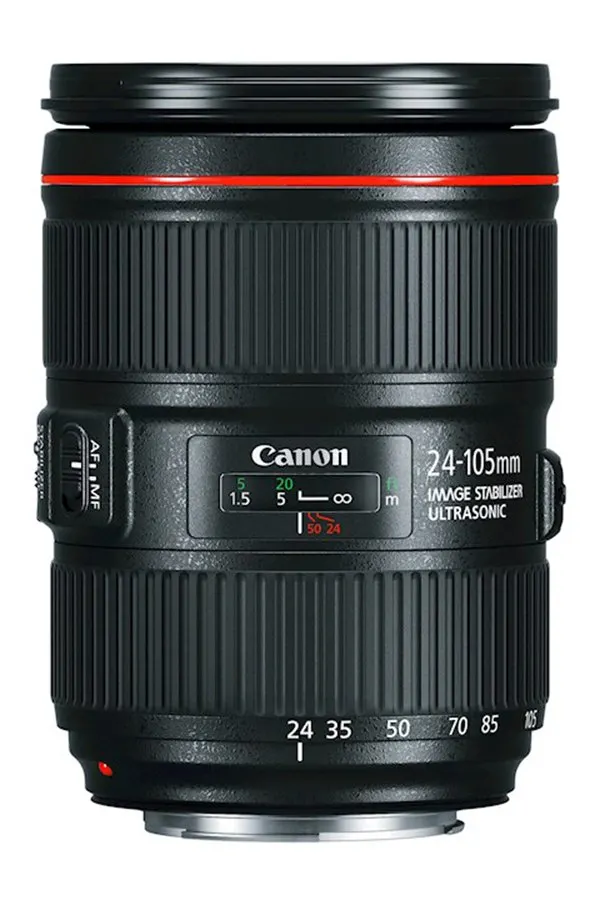





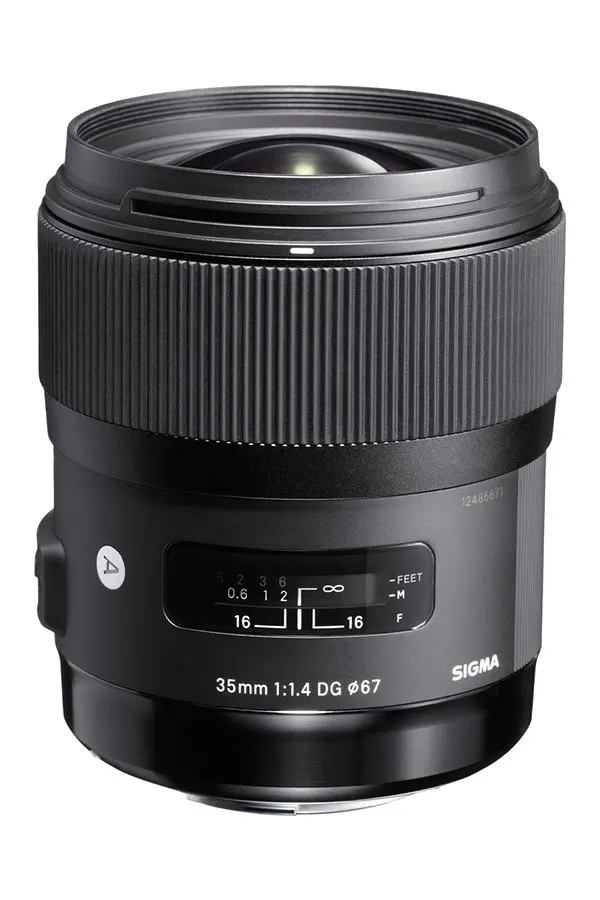





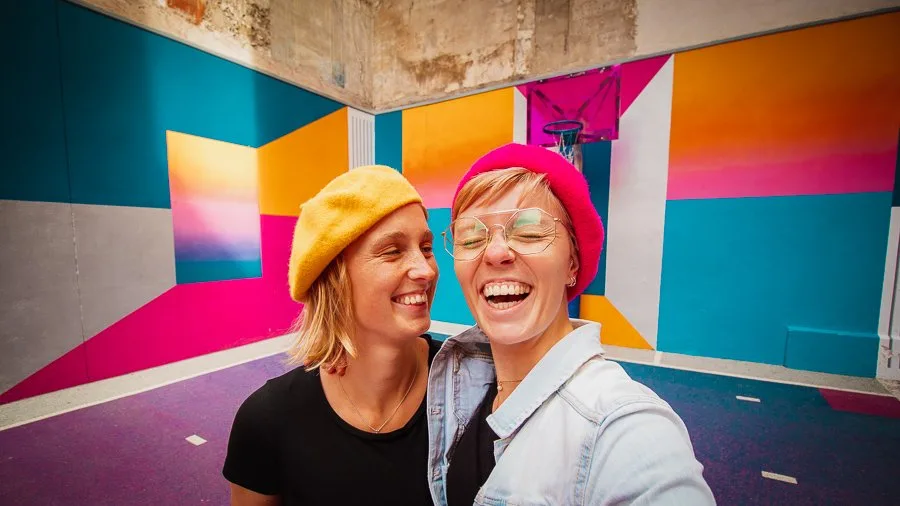
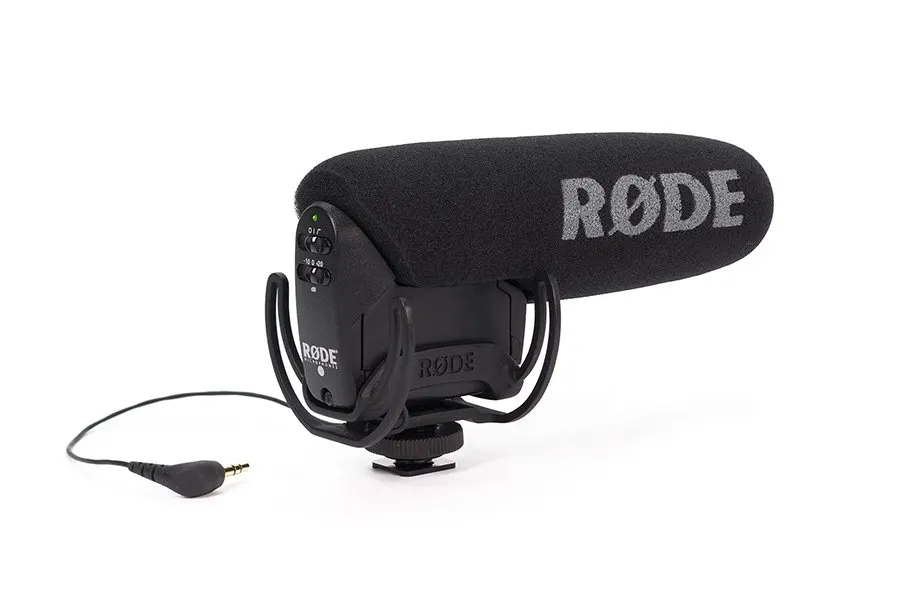
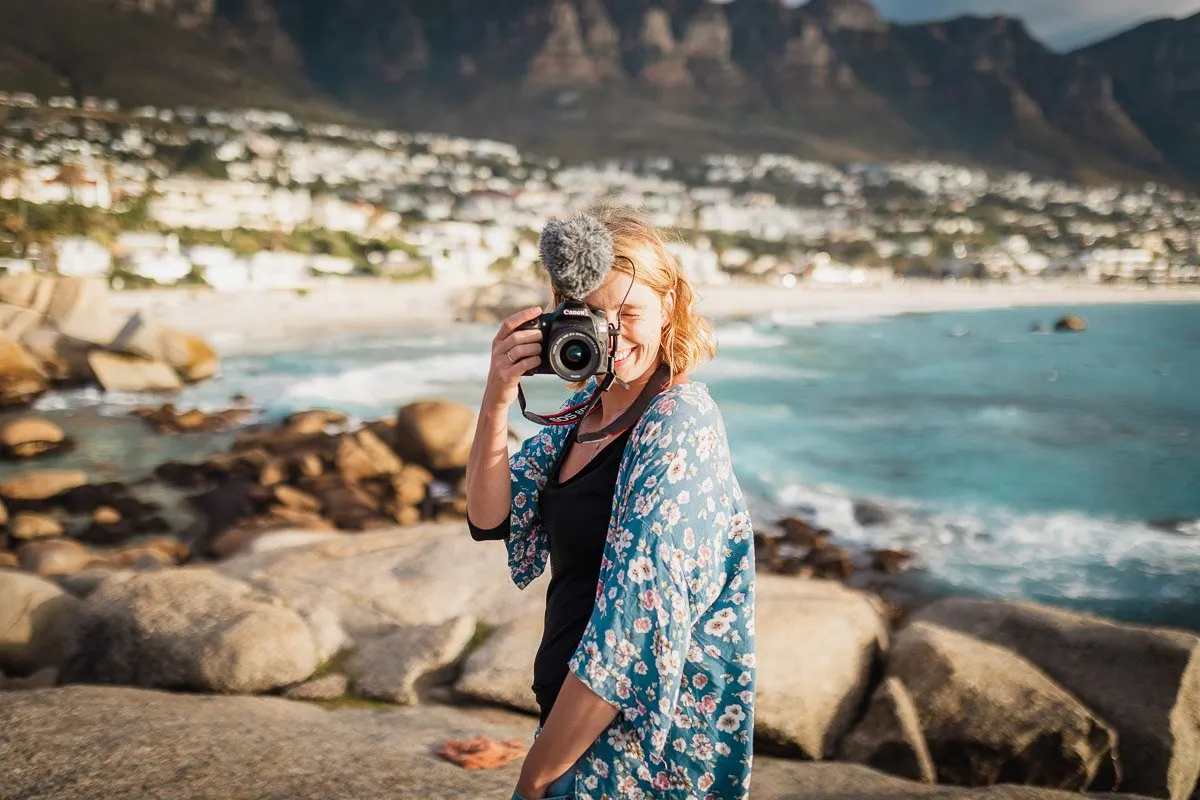

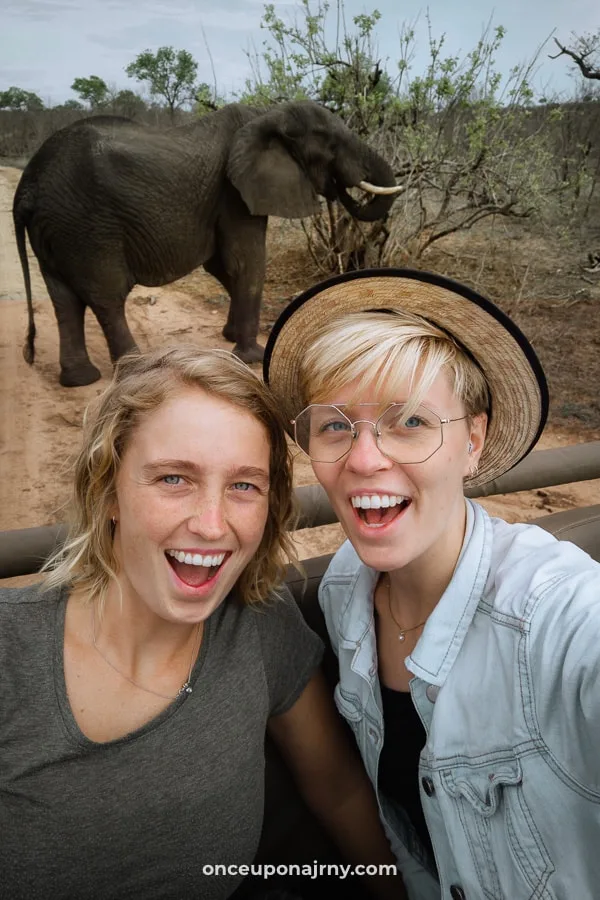
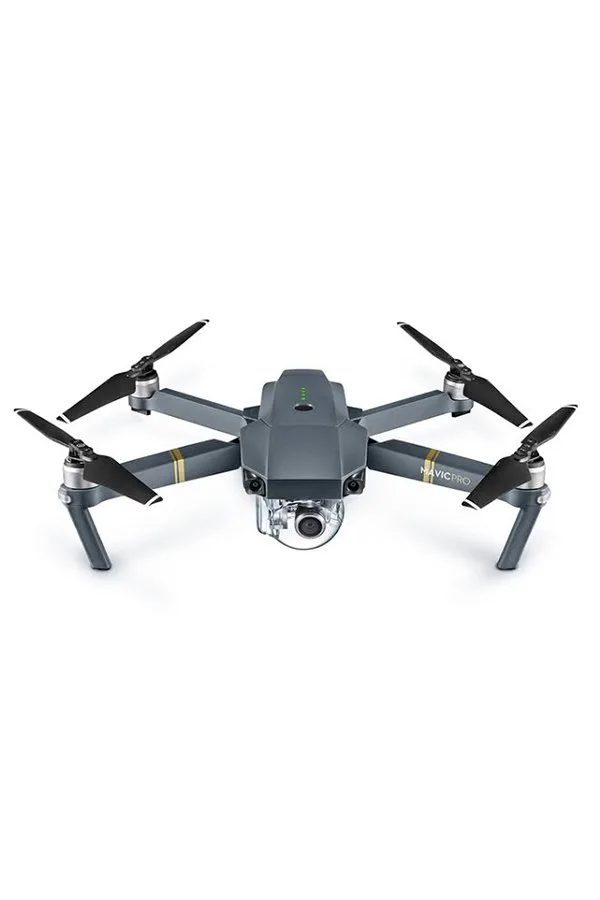

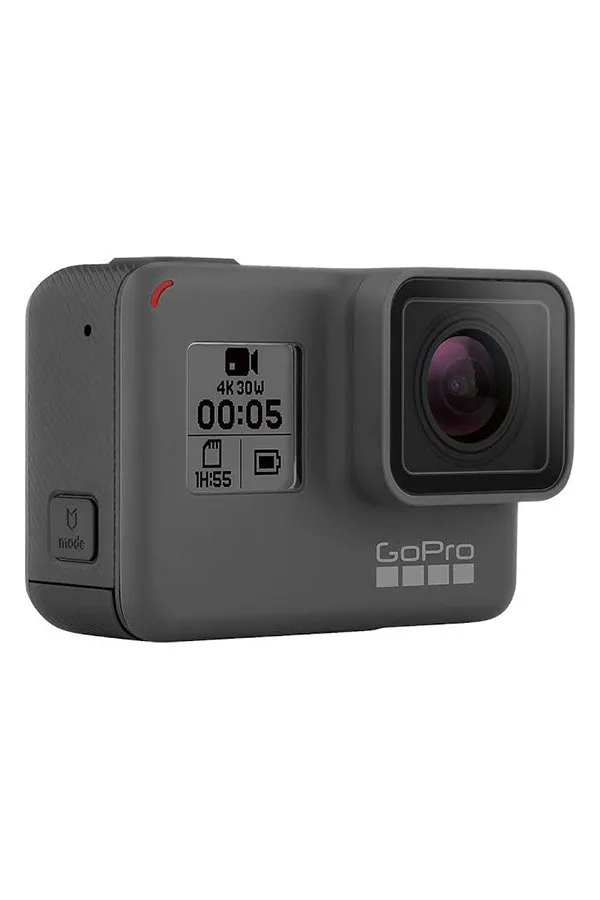
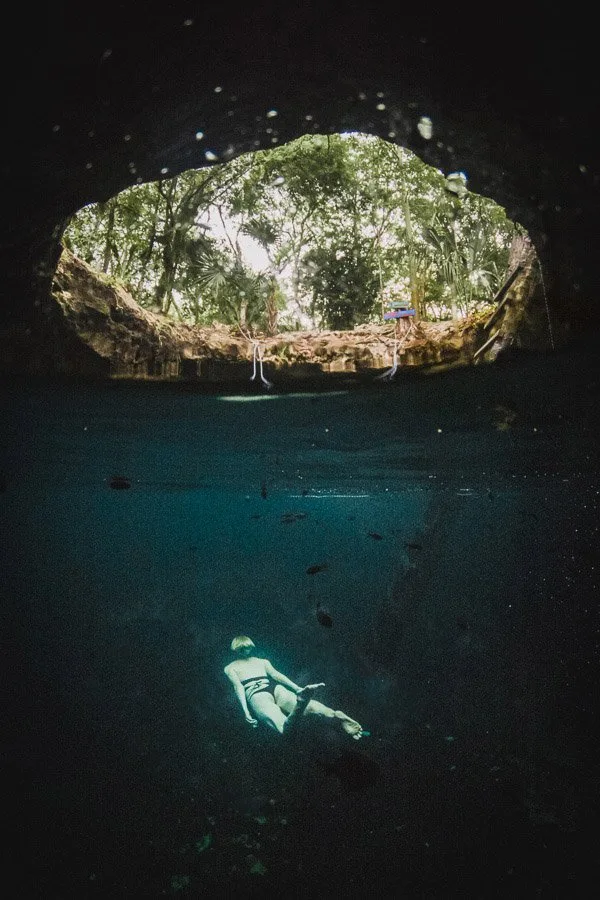



Cecilia Iriza
Saturday 30th of November 2019
Thank you for take the time to answer that question... Photography is a complex world of light, shadow, framing, composition, gear, lenses, etc. For me, take a picture is turn on my Chinese phone Xiaomi Redmi Note 8 Pro and take a thousand photos to choose one... some fun and simple... P.D.: sorry by my awful english, i'm practicing... You can correct me!
Roxanne & Maartje
Tuesday 3rd of December 2019
It is so complex indeed, yet so fun to learn!!